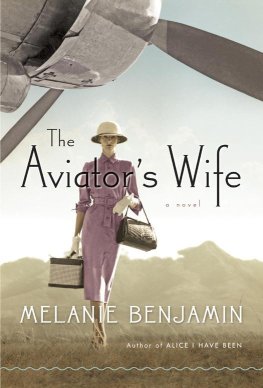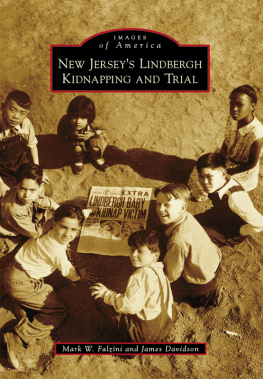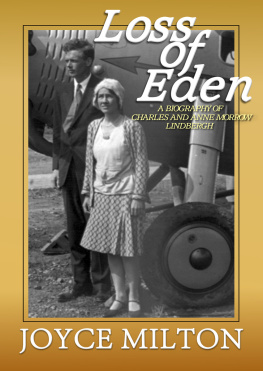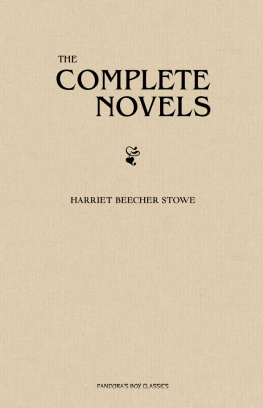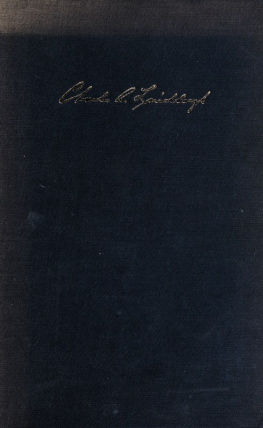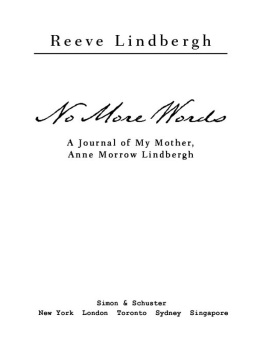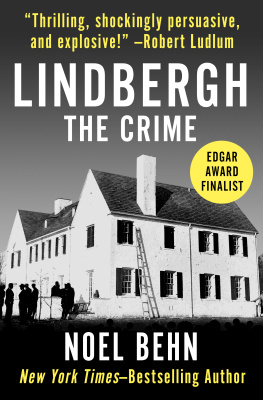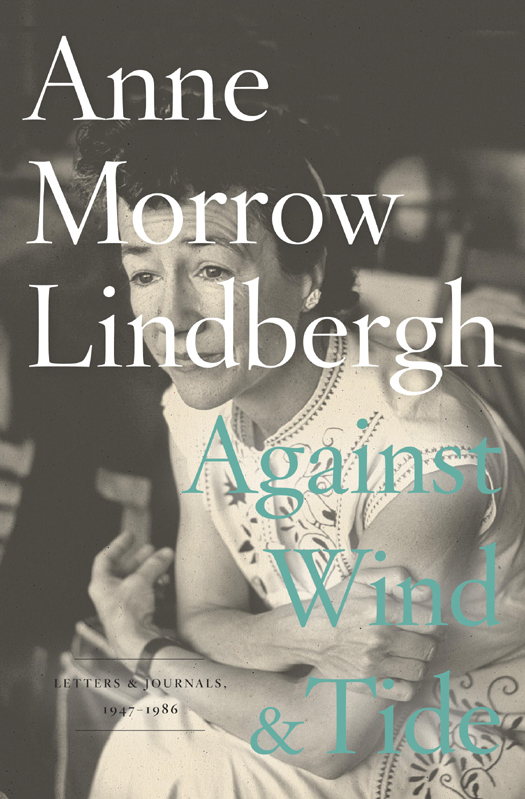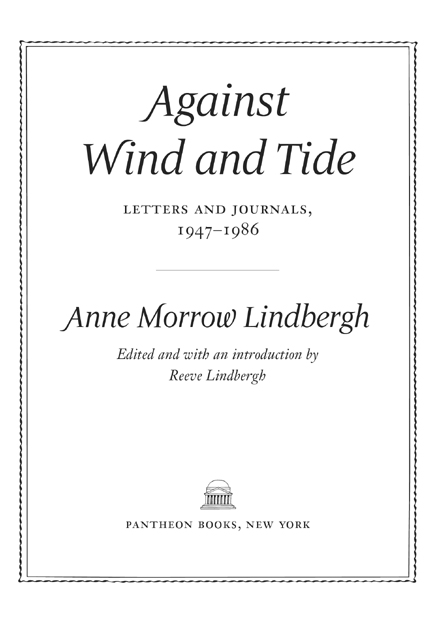Copyright 2012 by Lindbergh Literary LLC
All rights reserved. Published in the United States by Pantheon Books, a division of Random House, Inc., New York, and in Canada by Random House of Canada Limited, Toronto.
Pantheon Books and colophon are registered trademarks of Random House, Inc.
Grateful acknowledgment is made to Houghton Mifflin Harcourt Publishing Company and Faber and Faber Limited for permission to reprint excerpts from The Dry Salvages and Little Gidding from Four Quartets, copyright 1941, 1942 by T. S. Eliot, copyright renewed 1969, 1970 by Esme Valerie Eliot. Reprinted by permission of Houghton Mifflin Harcourt Publishing Company and Faber and Faber Limited, London.
Unless otherwise indicated, all photographs are courtesy of the Sterling Memorial Library at Yale University and the Lindbergh Literary LLC.
Library of Congress Cataloging-in-Publication Data
Lindbergh, Anne Morrow, 19062001.
Against wind and tide : letters and journals, 19471986 / Anne Morrow Lindbergh.
p. cm.
eISBN: 978-0-307-90714-1
1. Lindbergh, Anne Morrow, 19062001. I. Title.
PS 3523.1516 Z 48 2012 818.5209dc23 [ B ] 2011037784
www.pantheonbooks.com
Jacket image: portrait of Anne Morrow Lindbergh at home, January 1, 1956, by Leonard McCombe/Time & Life Pictures/Getty Images
Jacket design by Linda Huang
v3.1
Contents
Introduction
REEVE LINDBERGH
Anne Morrow Lindbergh was born in the year 1906 and died almost ninety-five years later in 2001. Not only did she live through most of the twentieth century, but her adventures, her personal history, and her written reflections made a significant mark upon her era. A pioneer aviator and an author, she was an explorer of the world outside herself as well as the world within. Her gift in both worlds was for communication, and her writings touch readers deeply to this day.
Represented here are four decades of her previously unpublished diaries and letters, written between 1947 and 1986. During her lifetime she published five earlier books of diaries and letters, covering the years 1922 through 1944. These focus upon her meeting, marriage, and early life with my father, Charles Lindbergh. They begin with her school years and go on to the Christmas she spent in Mexico when her father was the ambassador there and the famous young aviator visited on a goodwill tour following his nonstop solo flight from New York to Paris in 1927. The account continues with the Lindberghs courtship, wedding, and youthful flying days together, when my mother became a pilot, too, and they explored possible air routes for the fledgling aviation industry, all over the world. The story extends through the tragedy of the death of their first son, Charles, and then into the years before and during the Second World War.
My parents flying trips together ended before the war, and my mother stopped flying entirely. With the pioneering days of aviation in the past, she turned to her writing and to raising her family.
During my lifetime, my parents did not even own an airplane, though my father continued to fly, serving as a consultant with the airline industry and the Air Force and traveling throughout the world for the rest of his life. My mothers path was very different. Outward explorations were replaced by an inward journey, one she described later in her life as a journey toward insight.
The material collected in the following pages was written between my mothers fortieth birthday and her eightieth, and follows a period of substantial growth in her life and thought, as well as some marked changes in her relationship with her husband and in her sense of who she was as a woman and an artist. The book begins early in 1947, at a time when she was assessing her own physical and emotional turmoil at the end of her childbearing years, as well as the damage and devastation she witnessed on a trip to postwar France and Germany. It ends in the mid-1980s with a letter to me, her youngest daughter, a year after the death of my infant son. In between these selections is a treasury of vivid, poignant, perceptive, and often delightful pieces of communication, each in its own way directed toward a greater understanding of what it means to be a human being, a writer, and a woman.
To collect, read through, and edit anyones diaries and letters is an unusual kind of journey. To work with material written by a parent is to travel inside ones own personal history as seen from a very different, yet very intimate perspective. For me there is a quality of double vision and some self-centered, unanswerable questions: Where was I when she was writing all this? Where is she now, as I read it?
Surely, I feel, she is not far away. The familiarity and directness of my mothers voice brings her close to me again, though she has been dead for more than ten years as I write this. And yet, going over these pages with my brother Land, our niece Kristina, and our close friend and colleague Carol Hyman, I begin to realize that the same thing is true for each of us: we feel, unavoidably, close to the writer. This is the effect she has always had upon her readers. She speaks to every one of us directly, personally, offering the whole of herself at every stage of her life.
In this book we see her first at the age of forty-one, unexpectedly pregnant for the seventh time and seriously considering abortion. The practice was not only dangerous and illegal, but also violated some of her strongest principles. We see her a few years later on Captiva Island in Florida, in the 1950s, writing home from a rented beach cottage where she was working on a book she referred to in her letters as The Shells, later to become Gift from the Sea. We see her again at the end of 1963, writing to my sister, Anne, about Annes upcoming wedding plans in France, while reeling from the recent shock of the assassination of President John F. Kennedy. We see her writing four years later to President and Mrs. Johnson to decline an invitation to the White House because she does not know, literally, where in the world her husband is, or when he will return. We see her exploring the first years of widowhood in the mid-1970s, after my fathers death from lymphoma, with grief, exhaustion, and openness, and we see her reflecting a decade later upon her recent and long-ago losses, and the discoveries she is making as she enters old age.
As a writer she was honest, eloquent, and deeply reflective, always seeking to understand life as it unfolded before her, always wanting to share her understanding with others: her husband, her children, her family and friends, and ultimately her readers. It is her openness to life that has made her writing so popular with readers for more than half a century. She struggled with issues women and men have to face in every era: what to make of a complex, difficult marriage to a person one loves; how to reconcile the impulse toward creativityand the need to workwith the practical demands of home and family; how to respond to the larger events and issues of the day; how to give and receive friendship and love throughout a lifetime; how to meet old age and the certainty of death: first the death of those we love and cannot bear to lose, family and friends, young and old, and then ones own old age and inevitable death, the end of life.
This was her journey, not mine, but the geographical context of these writings is familiar to me. I know the territory: the big house in Connecticut on the shore of Long Island Sound where she raised her five children from 1945 until 1963, when the children had grown and the house was sold to a younger family; the smaller house my parents built on a section of the same property and lived in for much of the rest of their lives. They also built a small chalet in Switzerland in 1963, in a field overlooking Lac Leman, and spent summers there, enjoying visits from my sister, Anne, also known as Ansy, who then lived in France with her family, and from their other children, family members, and guests. Finally, I came to know the bare, windswept A-frame they later constructed on a tiny piece of property on the island of Maui, a place my father had visited toward the end of his life and immediately loved for its isolation and wild beauty.


